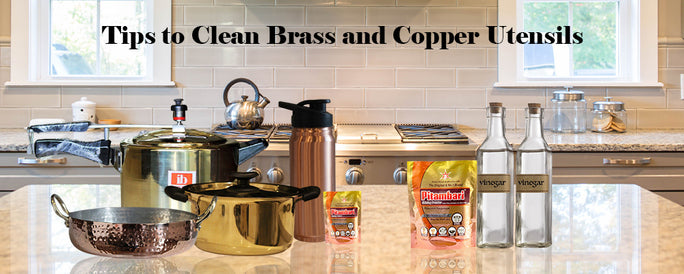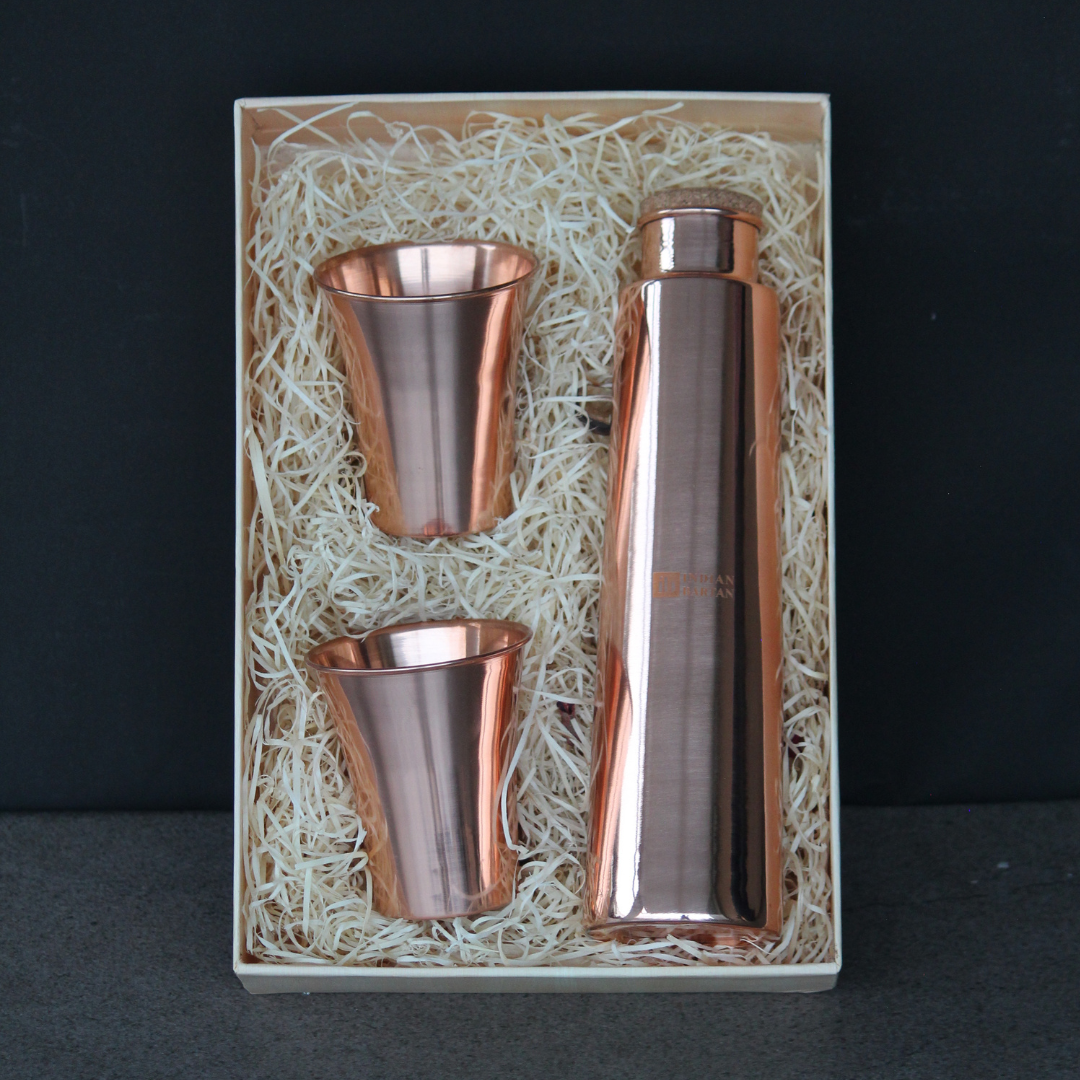
Tips to Clean Brass and Copper Utensils
Share
Every person has heard about brass and copper kitchen utensils. Some have old relics from their great-grandmothers at home, while others are fond of collecting beautiful antiques.
The history of brass began before our era, which speaks of its usefulness and necessity for mankind. Then, in ancient times, brass was an alloy of copper with galley (zinc carbonate). In ancient Rome, this metal was called "gold-copper" because of its similarity to gold; coins were minted from brass: sesterces and dupioni.
These "eternal" metals are similar to bronze and have similar technical properties and characteristics, such as:
- resistance to prolonged friction;
- melting fluidity;
- corrosion resistance.
Methods and Means of Cleaning Copper and Brass Utensils
To give the original look to these kitchenwares, you need to know how and with what to clean them at home. When choosing a commercial cleaning product, be sure to pay attention to the composition and acids contained in it. Any of the acids interact with Copper Frying Pan in different ways, so the probability of destroying the protective layer along with oxidation is quite high.
What is not recommended to use?
For avoiding damage and destruction of the protective coating, it is necessary to know about the agents that are not recommended for use when cleaning brass. Therefore, to begin with, we list the substances hazardous:
-
Vinegar or acetic acid
When interacting with this acid, products from the "eternal" metals suffer dezincification and acquire a bright red color.
-
Sandpaper
Even with the smallest size of abrasive, sandpaper can not only scratch the thing but also remove some of the protective coatings.
You need to be very careful with chemical store products. Pre-cleaning is, of course, necessary. But before starting the process, you must familiarize yourself with the components. Strong chemistry can not only corrode and destroy the top layer but also change its structure. Do not leave it in a chemical for a long time if you decide to clean it with chemistry.
Compounds that will not harm the Copper and Brass Kitchenware
Before any cleaning, you should check the composition of your product. Although the brass jug is metal, it does not react to a magnet. Therefore, if your product is magnetized, then you should conclude that there are impurities in the composition. This means that the cleaning method should be selected carefully to protect the product from damage. If you are completely confident in the composition of the product, then cleaning can be done using the following means:
-
Oxalic (ethanediol) acid
The acid or cleaning or detergents that contain it. Pure oxalic acid requires 200 g per 10 liters of water. A plastic container is best suited for such a solution since metal dishes can be exposed to acid. There are two ways to prepare this solution: in cold or hot water.
The "cold" method involves the complete immersion of the product in the solution and periodic monitoring of the cleaning process since this method can take several days. The "hot" cleaning method involves using hot water for the solution. The temperature of the water that flows from the tap will be quite enough. The use of water at a higher temperature increases the risk of harm to the paint or topcoat if any. The product must be completely immersed in the solution, otherwise, the edges above the solution level will begin to oxidize very quickly due to the combination of acid vapors with oxygen.
It is also necessary to maintain the temperature regime by placing a plastic container with a solution in a hot bath. The time for the first procedure is 20-40 minutes, if necessary, the process can be repeated by reducing the time the product remains in the solution. The prepared solution for subsequent procedures can be stored in plastic containers: bottles or buckets with lids. It reduces the residence time of the product in the solution.
-
Acetone
A cotton swab is moistened with acetone and the entire surface of the product is wiped. But this method will not work with lacquered brass utensils.
-
Formic acid
Cleaning is less efficient but possible. For cleaning, 30% acid is sufficient. The effect is lower due to the rapid weathering of the component, but, on the other hand, it is sparing and ensures the safety of the product.
-
Lemon juice with salt
Squeeze out the juice of half a lemon, add a pinch of salt. Apply the resulting solution to the product. Usually, lemon juice does the job.
Concluding Remarks
The method chosen should depend on the general condition of the brass and copper utensils product. However, many use homemade remedies and many use chemical solutions for cleaning them. Consider the condition of the products, as they can wear out when clean without following the required precautions.

